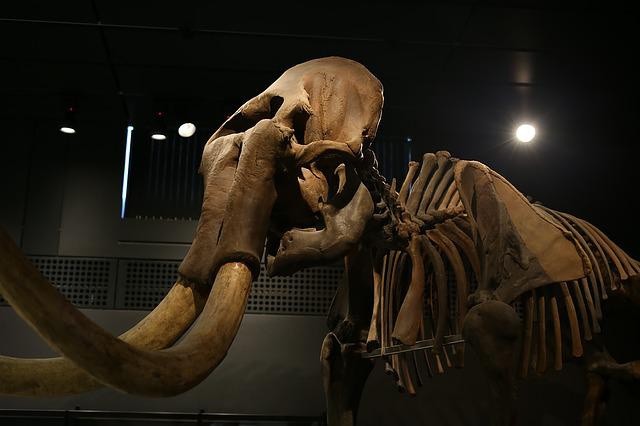
Ancient humans were apex predators remarked to a study that concluded meat was mainly on the menu two million years ago.
According to anthropologists from Israel's Tel Aviv University and the Portugal's University of Minho, modern hunter-gatherers have given us an erroneous image of what we formerly ate.
Humans as Top Predator on Earth
Hunter-gatherer civilizations could hunt and eat elephants and other enormous animals for the past 2 million years ago. Today's hunter-gatherers, on the other hand, do not have access to such bounty.
However, Miki Ben-Dor of Israel's Tel Aviv University stated that this analogy is pointless, Eureka Alert reported.
A review of hundreds of previous researches on everything from present human anatomy and physiology to isotope readings in ancient human bones and teeth suggests that we were largely apex predators until about 12,000 years ago, reported Science Alert.
Plant remains do not survive as well as animal bones, teeth, and shells, making it more difficult to reconstruct the list of hominids who lived 2.5 million years ago. Other studies have employed chemical analyses of bones and teeth enamel to identify regional examples of plant-rich diets, noted PNAS.
There is plenty of evidence of game-hunting in the fossil record. However, anthropologists have traditionally relied on modern-day ethnography to determine what we found, supposing that little has changed.
The Pleistocene epoch was a watershed point in Earth's history for mankind. As apex predators marched our way into the furthest corners of the globe, ancient humans outliving every other hominid on our family tree branch.
It was the last great ice age, with most of today what is Europe and North America encased in glaciers.
Humans From 2 Million Years Ago
Rather than relying exclusively on the fossil record or making weak analogies with pre-agricultural cultures, the researchers looked to the information stored in our bodies. They contrasted it to that of our closest relatives.
He claimed that other methods, such as evaluating the memories stored in our bodies, metabolism, genetics, and physical build, would be used to reproduce the meals of stone-age humans.
Our body requires more energy per unit of body mass than other primates. Our social time, such as child-rearing, often limits the time we have to hunt for food.
Compared to other omnivores, which have few but massive fat cells, ours are small and abundant, resembling a predator's. We have more fat reserves and can use them by converting fats to ketones as needed.
Having extremely powerful stomach acid could be precisely what humans need to break down proteins and destroy dangerous bacteria found on a week-old mammoth chop.
Human genomes need a more meat-rich diet, not plant-based. The team's argument is lengthy, touching on evidence in tool use, trace element and nitrogen isotope signatures in Paleolithic remains, and tooth wear.
Homo sapiens' place in the food web became highly carnivorous for us and our cousins, Homo erectus, roughly 2.5 million years ago and stayed that way until the upper Paleolithic around 11,700 years ago. Everything points to our genus' trophic level in this study.
As an apex predator, ancient humans paved the way for the species about two million years back, with characteristics still present despite evolution.
Related Article : Hyperthermal Warming Event on Earth Caused Mass Extinction Resulting in an Ice Age in the Past 300,000 Years Ago
© 2025 HNGN, All rights reserved. Do not reproduce without permission.








